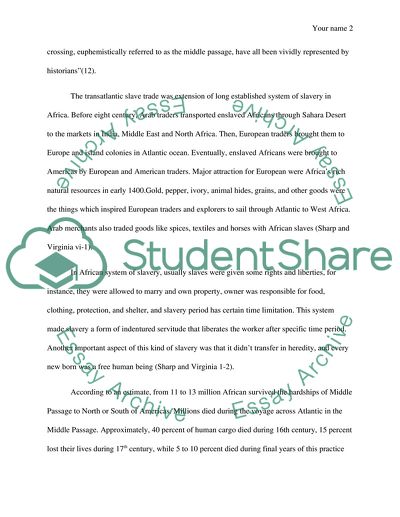Cite this document
(Human Migrations: African Slave Trade and the Middle Passage Term Paper, n.d.)
Human Migrations: African Slave Trade and the Middle Passage Term Paper. Retrieved from https://studentshare.org/history/1746188-human-migrations-african-slave-trade-and-the-middle-passage
Human Migrations: African Slave Trade and the Middle Passage Term Paper. Retrieved from https://studentshare.org/history/1746188-human-migrations-african-slave-trade-and-the-middle-passage
(Human Migrations: African Slave Trade and the Middle Passage Term Paper)
Human Migrations: African Slave Trade and the Middle Passage Term Paper. https://studentshare.org/history/1746188-human-migrations-african-slave-trade-and-the-middle-passage.
Human Migrations: African Slave Trade and the Middle Passage Term Paper. https://studentshare.org/history/1746188-human-migrations-african-slave-trade-and-the-middle-passage.
“Human Migrations: African Slave Trade and the Middle Passage Term Paper”, n.d. https://studentshare.org/history/1746188-human-migrations-african-slave-trade-and-the-middle-passage.


